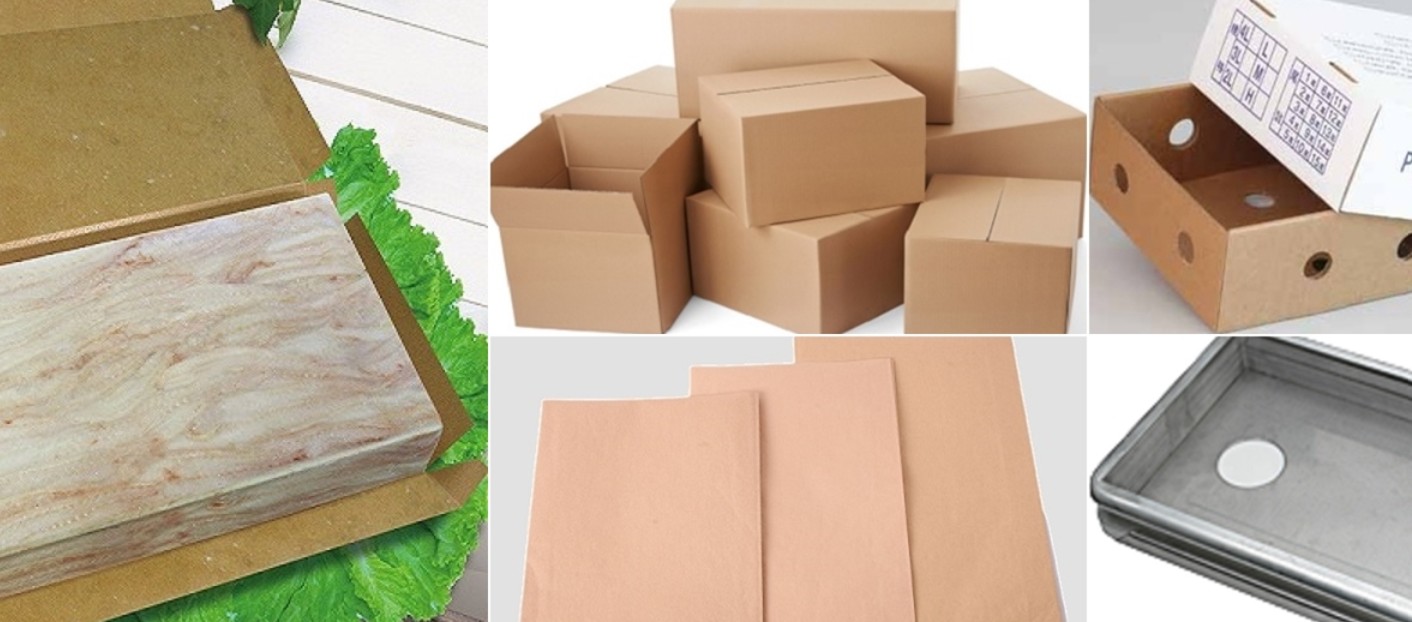
If you’re working in the seafood business or simply curious about how your favorite fish stays fresh from the ocean to your plate, you’ve probably heard about wax seafood boxes. These boxes may not look fancy, but they are absolute workhorses in the world of seafood packaging. Their sturdy structure and moisture-resistant coating make them the top pick for many in the industry.
In this blog post, we’ll explore how wax seafood boxes work, why they’re so useful, and how they fit perfectly with seafood packaging bags sacks. Whether you’re running a seafood market, packing for distribution, or trying to understand the behind-the-scenes of food logistics, this guide will help you make better choices—without drowning in jargon.
What Exactly Are Wax Seafood Boxes?
Wax seafood boxes are essentially corrugated cardboard boxes that have been treated with a wax coating. This wax layer protects the box from water, ice, and general moisture—things you can expect in any seafood environment. These boxes are often used to store and transport fish, shellfish, and other perishable items.
-
The wax makes the boxes leak-resistant, keeping melted ice and seafood juices from soaking through.
-
They are strong enough to hold heavy loads like crabs, shrimp, and large fish.
-
They come in various sizes, so you can choose what fits your seafood type and quantity.
Why Are They Used So Much in the Seafood Industry?
Imagine packing fresh salmon in a regular cardboard box. Add a bit of crushed ice to keep the fish cool. Within an hour or two, the box would likely be soggy and falling apart. This is where wax-coated boxes come in and save the day.
Here’s why seafood businesses love using them:
-
Water resistance: Thanks to the wax, these boxes don’t absorb moisture like regular cardboard. That means less mess and more durability.
-
Keeps seafood fresh: Paired with ice and seafood packaging bags sacks, they help keep the seafood cool and fresh for long hours during transport.
-
Strong and stackable: These boxes won’t easily collapse under weight, which makes them perfect for shipping and storing in bulk.
-
Cost-effective: Though they may cost slightly more than plain boxes, they save money in the long run by reducing spoilage and leaks.
How Wax Seafood Boxes Pair with Seafood Packaging Bags Sacks
While the wax box is the outer shell, seafood packaging bags sacks act like the inner lining. This duo works together to ensure the best conditions for the seafood inside.
-
The bags or sacks hold the seafood directly, separating it from the box and maintaining cleanliness.
-
They often help contain liquid and reduce direct contact between seafood and the box, extending the shelf life.
-
When packed properly in the bags and placed in wax boxes, seafood stays cool, fresh, and safe from contamination.
Think of it like this: the seafood packaging bags sacks are like the Tupperware for your lunch, and the wax box is the insulated lunch bag that protects everything until you’re ready to eat. They work best together!
What Types of Seafood Work Best in Wax Boxes?
Pretty much all seafood can be transported in wax boxes, but some benefit more than others due to their texture and moisture level. Here are a few common examples:
-
Shellfish: Items like shrimp, clams, and mussels are often stored in ice, making the wax protection essential.
-
Whole fish: Large fish like tuna, cod, and salmon are heavy and moist—ideal candidates for wax seafood boxes.
-
Fillets and steaks: These often go in seafood packaging bags sacks first, then are boxed to keep them protected and sealed.
-
Live seafood: Some businesses even use wax boxes for transporting live crabs or lobsters, with appropriate ventilation.
Tips to Pack Seafood Safely in Wax Boxes
Even with the right packaging, poor handling can lead to seafood spoilage. Here are some helpful tips to get the most out of your wax seafood boxes:
-
Always use ice or cold packs: Cold temperature is key to preventing bacteria growth.
-
Use seafood packaging bags sacks for each type of seafood: It prevents cross-contamination and makes sorting easier.
-
Seal the bags properly: Whether tied or zip-locked, this ensures liquids don’t escape and reduce smell.
-
Do not overfill: Overloading can damage the box and cause leaks.
-
Label your boxes: Include product type, weight, and date of packing for easy inventory tracking.
-
Store in a cool environment: Even the best packaging won’t help if stored in warm temperatures.
Where Are Wax Seafood Boxes Used the Most?
You’ll find these boxes everywhere seafood is packed or sold. Some common places include:
-
Seafood processing plants
-
Fishing docks
-
Fish markets and grocery stores
-
Restaurants receiving bulk shipments
-
Export businesses shipping overseas
In each of these locations, wax seafood boxes are trusted because they keep seafood fresh, clean, and presentable.
Are Wax Seafood Boxes Eco-Friendly?
A common question these days is about sustainability. While wax boxes are more durable than plain cardboard, they are harder to recycle because the wax coating prevents standard processing.
However, here’s what you can do:
-
Look for wax boxes made with recyclable or compostable wax coatings.
-
Separate the seafood packaging bags sacks from the boxes and dispose of each material correctly.
-
Reduce waste by only using box sizes that match your seafood volume.
Some newer wax coatings are plant-based and biodegradable, which is a great step forward for eco-conscious packaging.
Things to Consider Before Buying Wax Seafood Boxes
Not all wax boxes are the same. If you’re purchasing for your business, keep the following in mind:
-
Size and weight capacity: Make sure the box fits your seafood type and doesn’t crush under pressure.
-
Type of wax used: Some are more resistant to freezing or extreme wet conditions.
-
Compatibility with seafood packaging bags sacks: Check that the bags you use fit well inside the box and do not slide around.
-
Storage needs: Some boxes are stackable and better for cold storage environments.
It might take a little trial and error to find the right kind, but once you do, it will be well worth the effort.
Final Thoughts
Wax seafood boxes might seem like a small detail in the big seafood supply chain, but they make a huge difference. When used correctly—especially alongside seafood packaging bags sacks—they keep your seafood fresher, your workspace cleaner, and your customers happier.
From fishing boats to restaurants, these boxes carry a quiet reliability. They may not look flashy, but they certainly do the heavy lifting—literally! So next time you handle or enjoy seafood, take a moment to appreciate the humble wax box behind the scenes.

